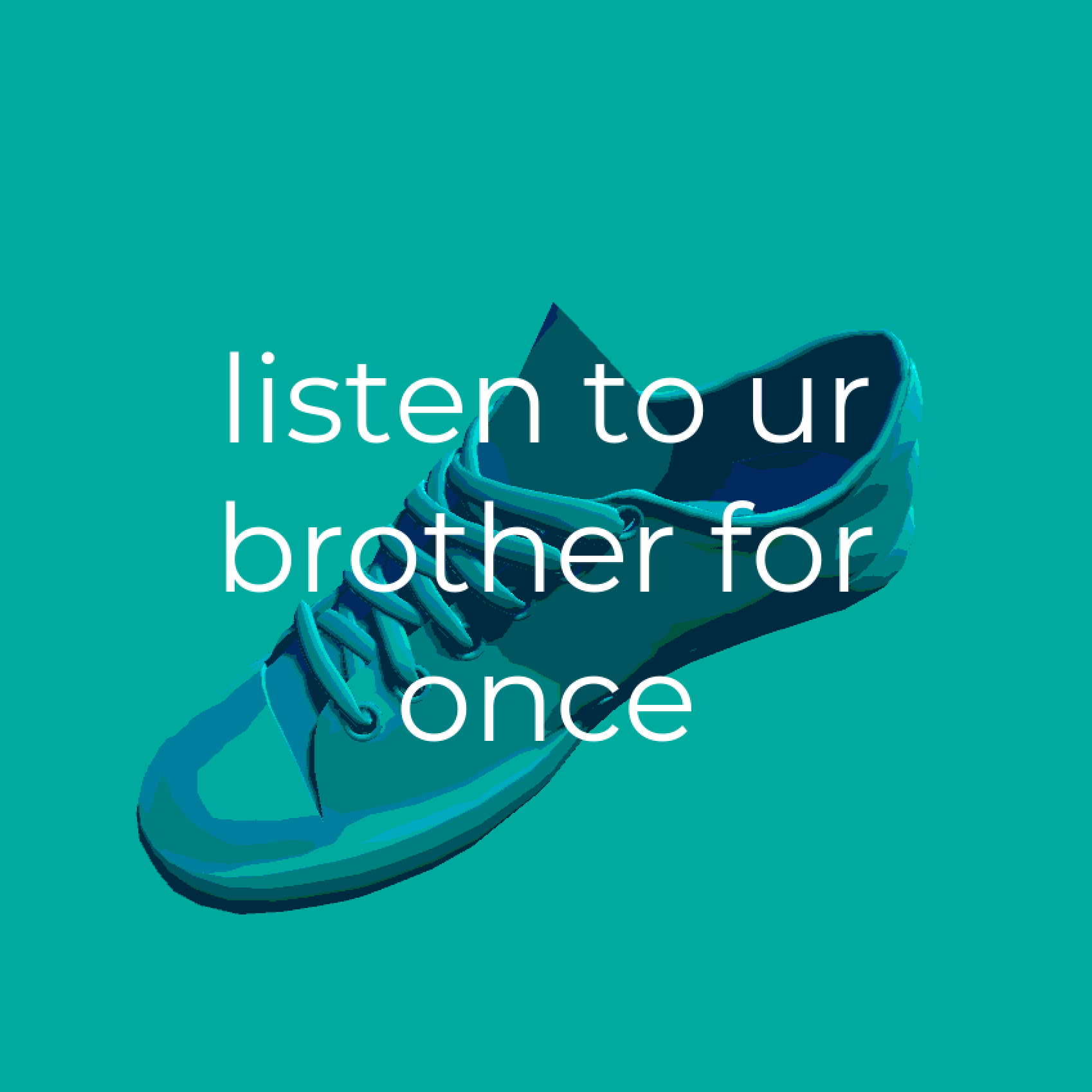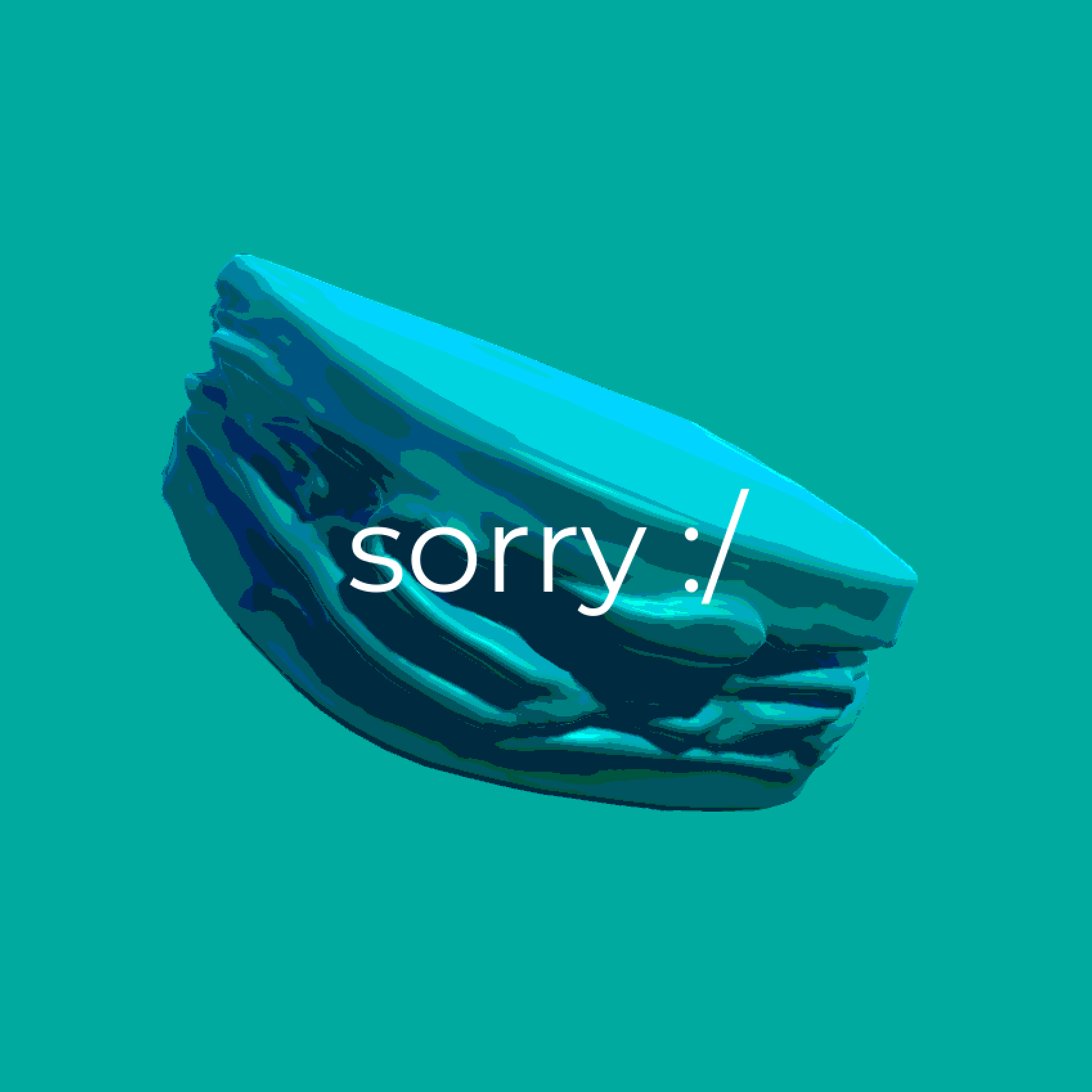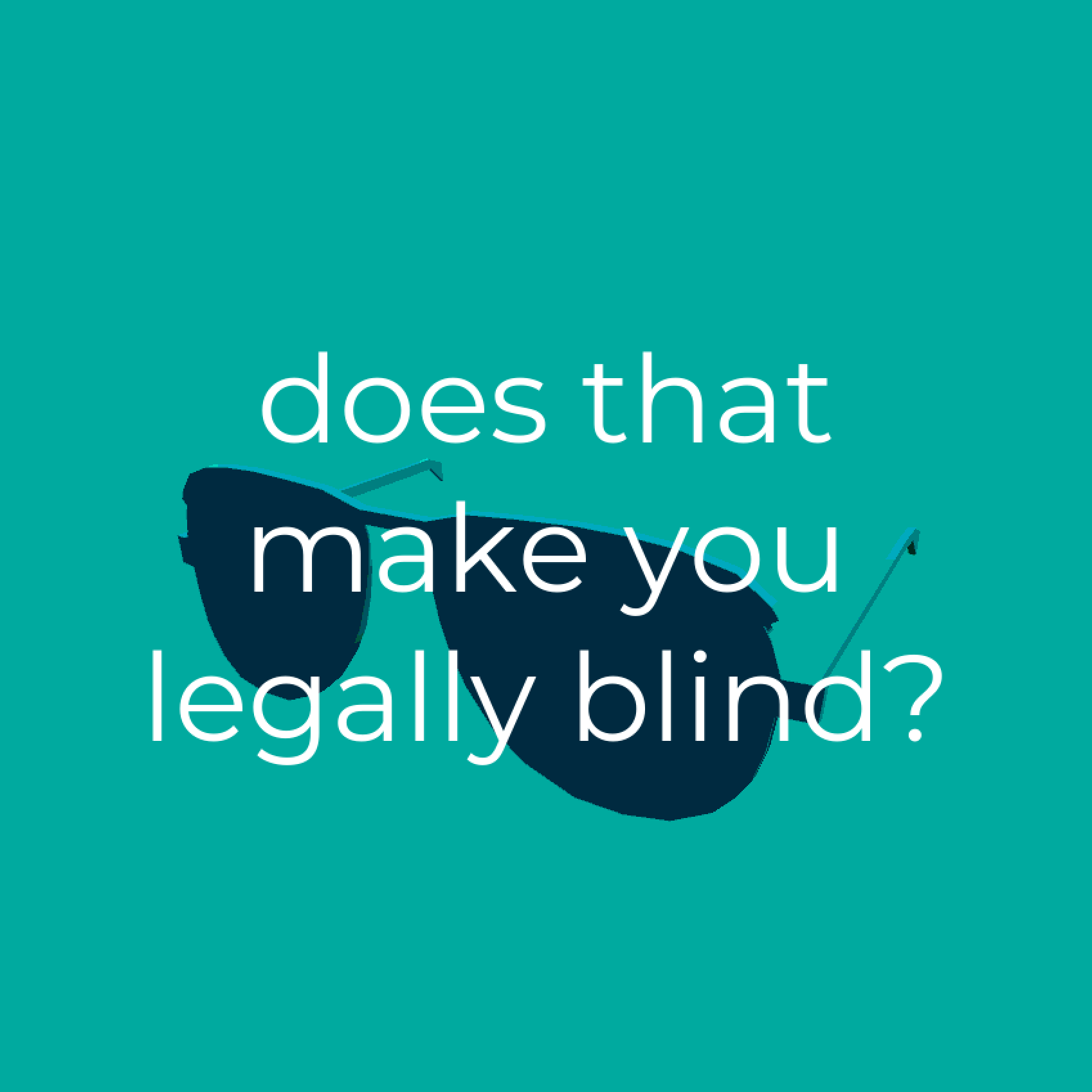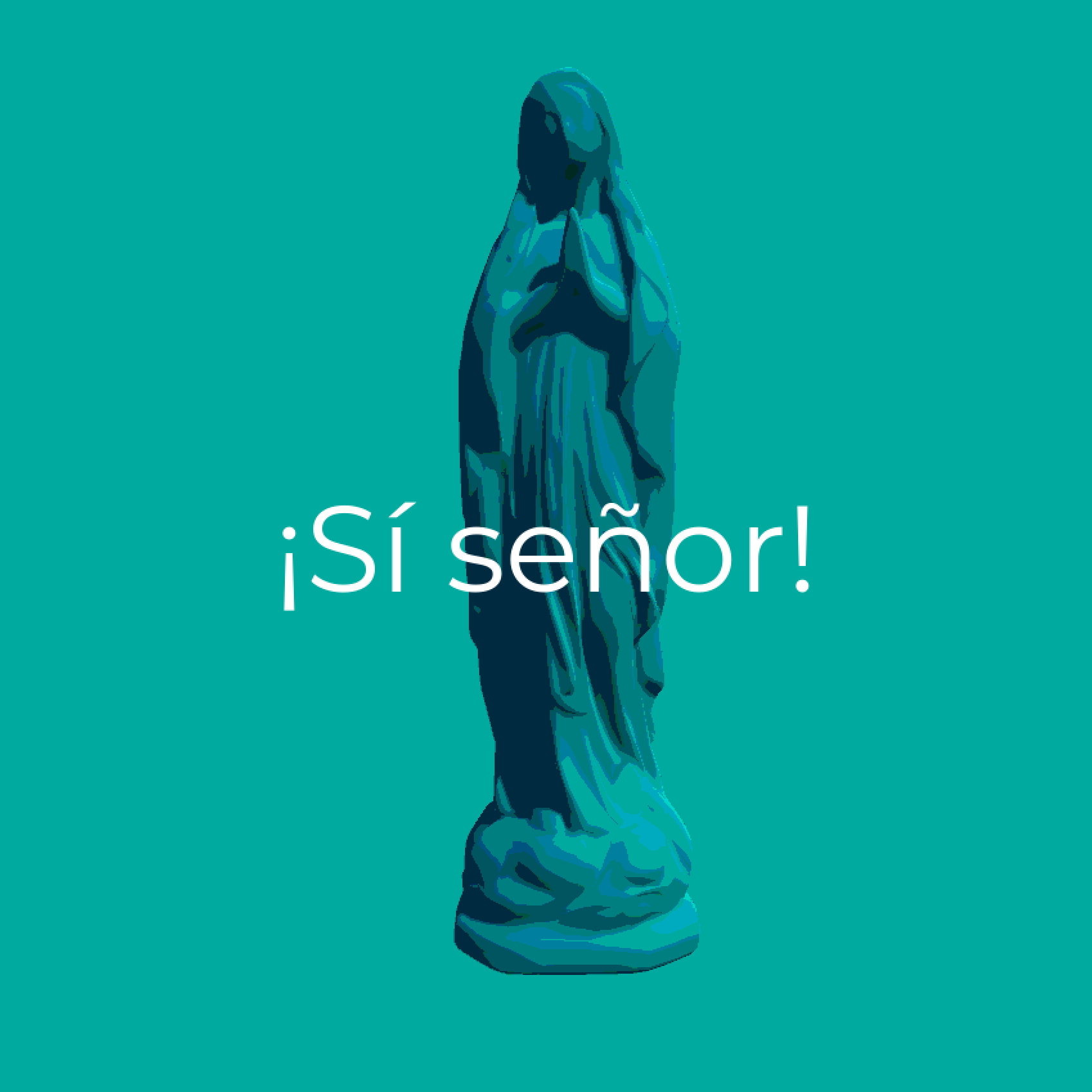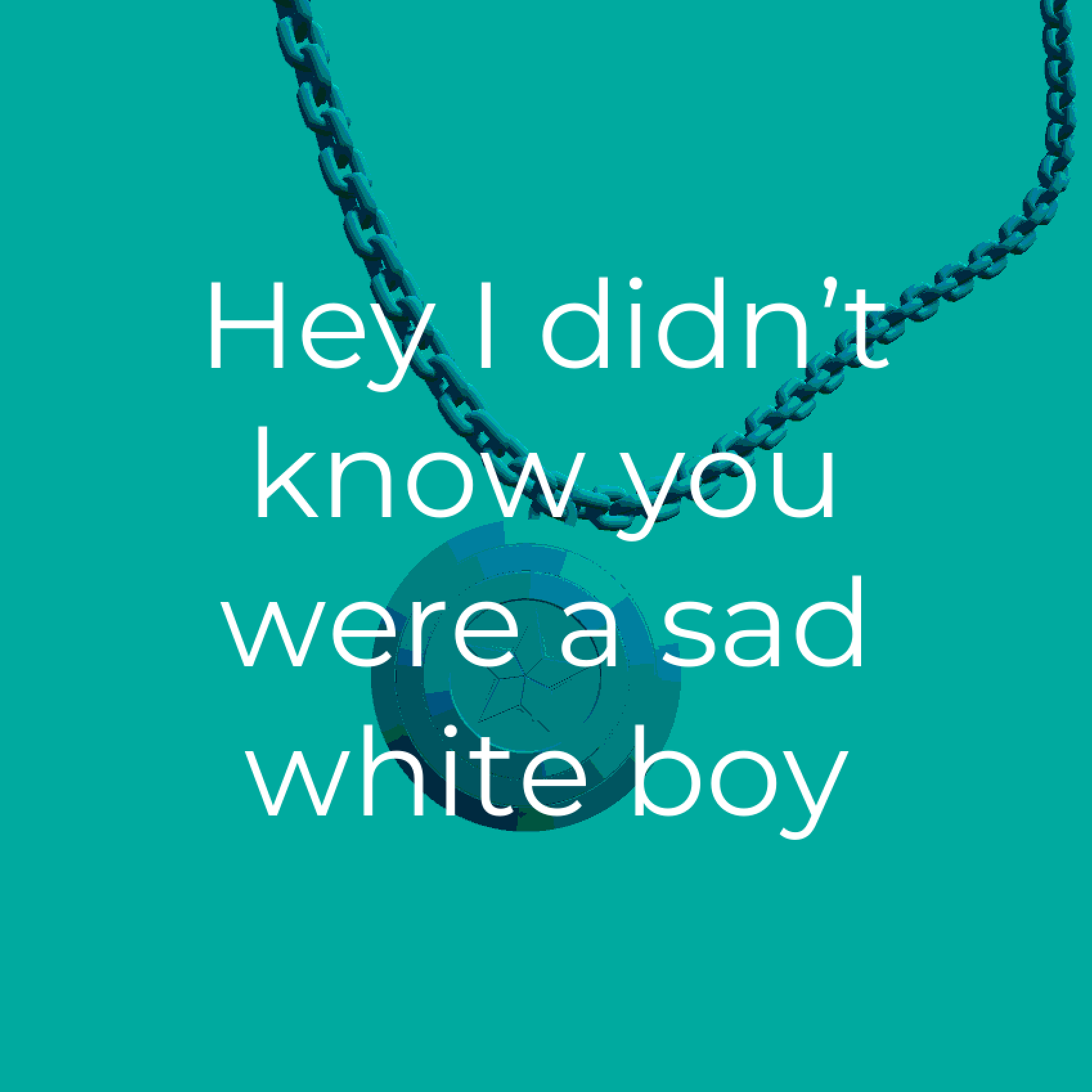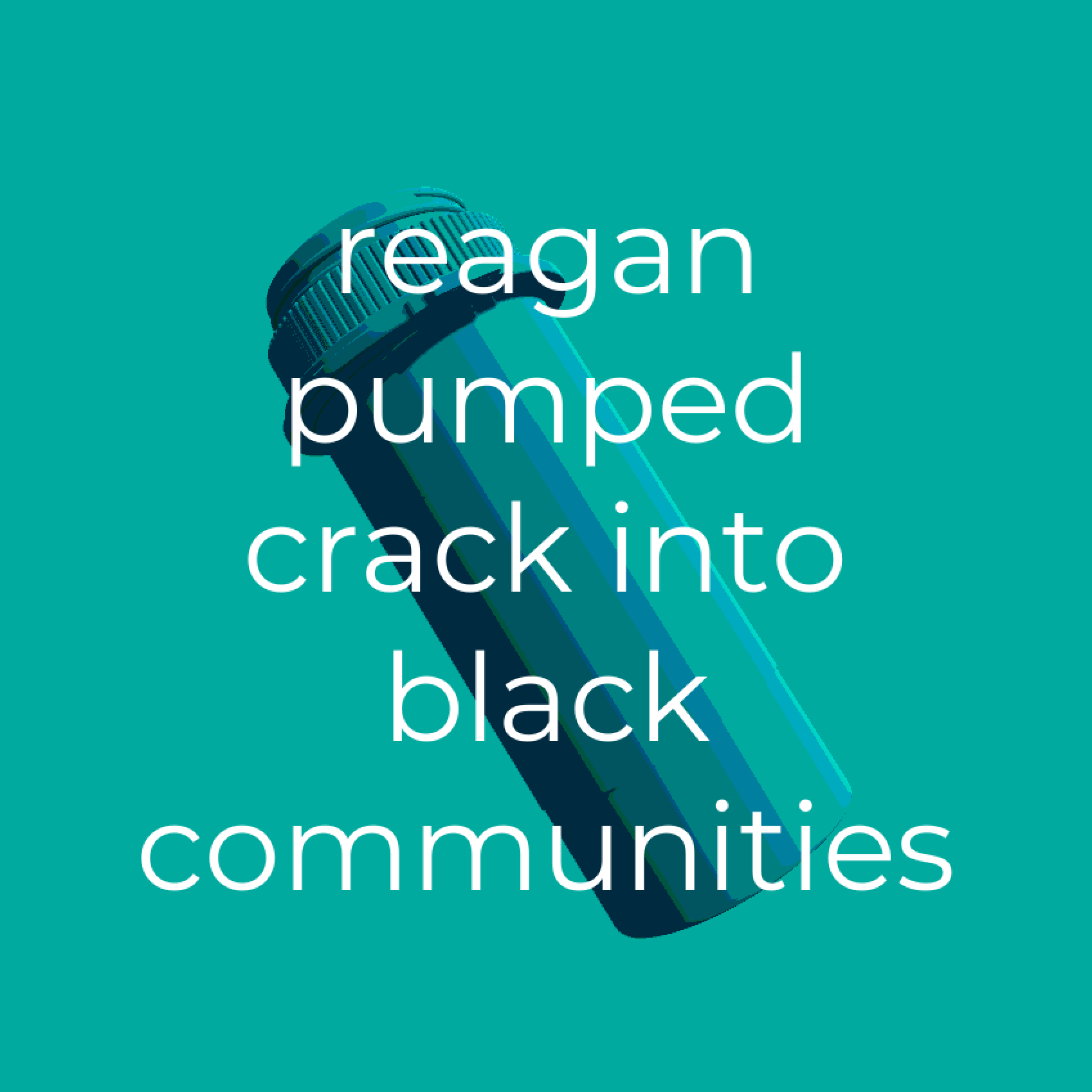You walk in a forest of memories scattered with left-behind objects. They had an owner once, and was loved and cherished, but now they lay abandoned on the forest bed.
Sometimes, there are other people in this forest. You can't see them because they belong to a different time and space. The only way to communicate with each other is by leaving messages on the objects. Each new message overwrites the previous one, changing the object's meaning over time until its original meaning is forgotten. Is it still the same object? What does it become?


This is my take on James’s game; everything in the game is designed around him and for him. One of the things that he misses the most is hiking in the forest, which he can no longer do due to his visual impairments that cause colorblindness and severe nearsightedness. I wanted this game to be reminiscent of walking underneath the forest canopies that he so misses, as well as literally walking through memories we’ve shared.
Most importantly, I wanted to make a game that he could play as is without any additional adjustments. As a seeing person, I never have to worry about a game’s interface impeding my ability to play it because all games are designed for people of my visual capacity. But if all games were, by default, designed to the visual specification of people like James, what would one such game look like? This opens up gaming as a speculative medium to challenge hegemonic industry standards on assumptions of ability, accessibility, and aesthetic.
